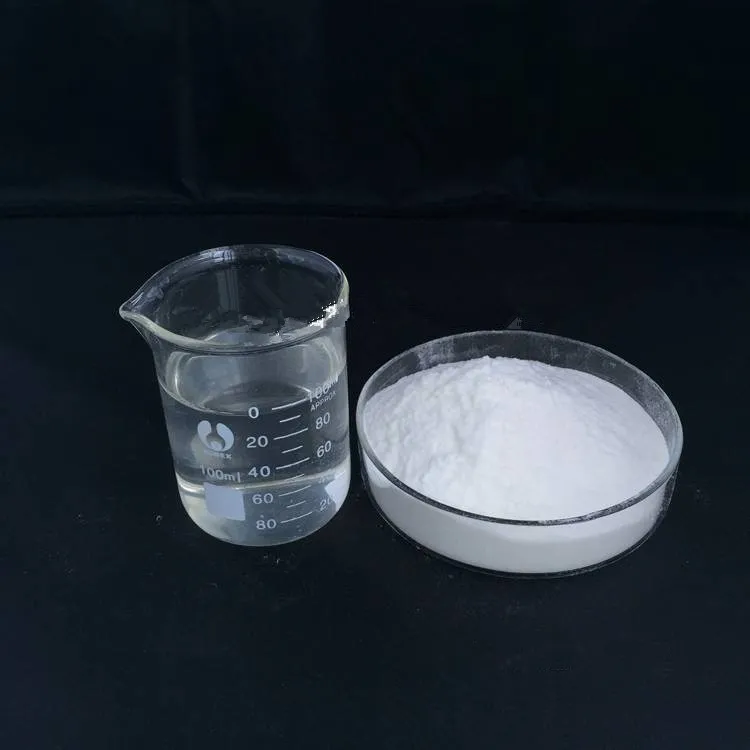
Cellulose: A Natural Material Shaping Modern Applications
Diverse Types of Cellulose for Everyday Use
Cellulose, a plant-based polymer, is found in countless products we use daily. The various types of cellulose are tailored for specific applications, ranging from industrial coatings to food ingredients. For instance, chất bịt kín chà nhám cellulose is a popular choice in woodworking. This fast-drying sealer fills grain and prepares surfaces for smooth, even finishing, making it essential for furniture makers and carpenters.
In packaging, cellophane cellulose stands out as an eco-friendly alternative to plastic. Made from regenerated cellulose, it offers transparency, flexibility, and biodegradability, making it ideal for wrapping food and other consumer goods. Meanwhile, in processed foods, cellulose in food products serves as a stabilizer, thickener, and source of dietary fiber. It helps improve texture and shelf life without compromising nutritional value.

Cellulose Derivatives with Functional Advantages
Among the many cellulose derivatives, sodium carboxymethyl is widely used across industries. This water-soluble compound enhances viscosity and stability in everything from toothpaste to textiles. Often referred to more fully, carboxy methyl cellulose is a modified cellulose that acts as a thickening agent, emulsifier, and film-former. Its excellent water-binding properties make it a favorite in pharmaceuticals and cosmetics alike.

These specialized forms of cellulose highlight the material’s adaptability. Whether it’s improving the performance of paints and coatings or enhancing the consistency of everyday food products, cellulose continues to be a reliable and sustainable resource.
In summary, the versatility of cellulose is reflected in its many forms—from chất bịt kín chà nhám cellulose in carpentry to sodium carboxymethyl and carboxy methyl cellulose in personal care and industrial formulas. The wide range of types of cellulose, including cellophane cellulose and cellulose in food products, proves its enduring value in modern life.
-
Hydroxypropyl Starch as a Sustainable Construction AdditiveNewsNov.24,2025
-
The Gelation Properties of CMCNewsNov.21,2025
-
Redispersible Latex Powder and Water Retention CapacityNewsNov.21,2025
-
Dosage Control for Polycarboxylate Water ReducerNewsNov.21,2025
-
Film-Forming Properties of Polyvinyl AlcoholNewsNov.21,2025
-
The Function of Gypsum Additives in MortarNewsNov.21,2025





















